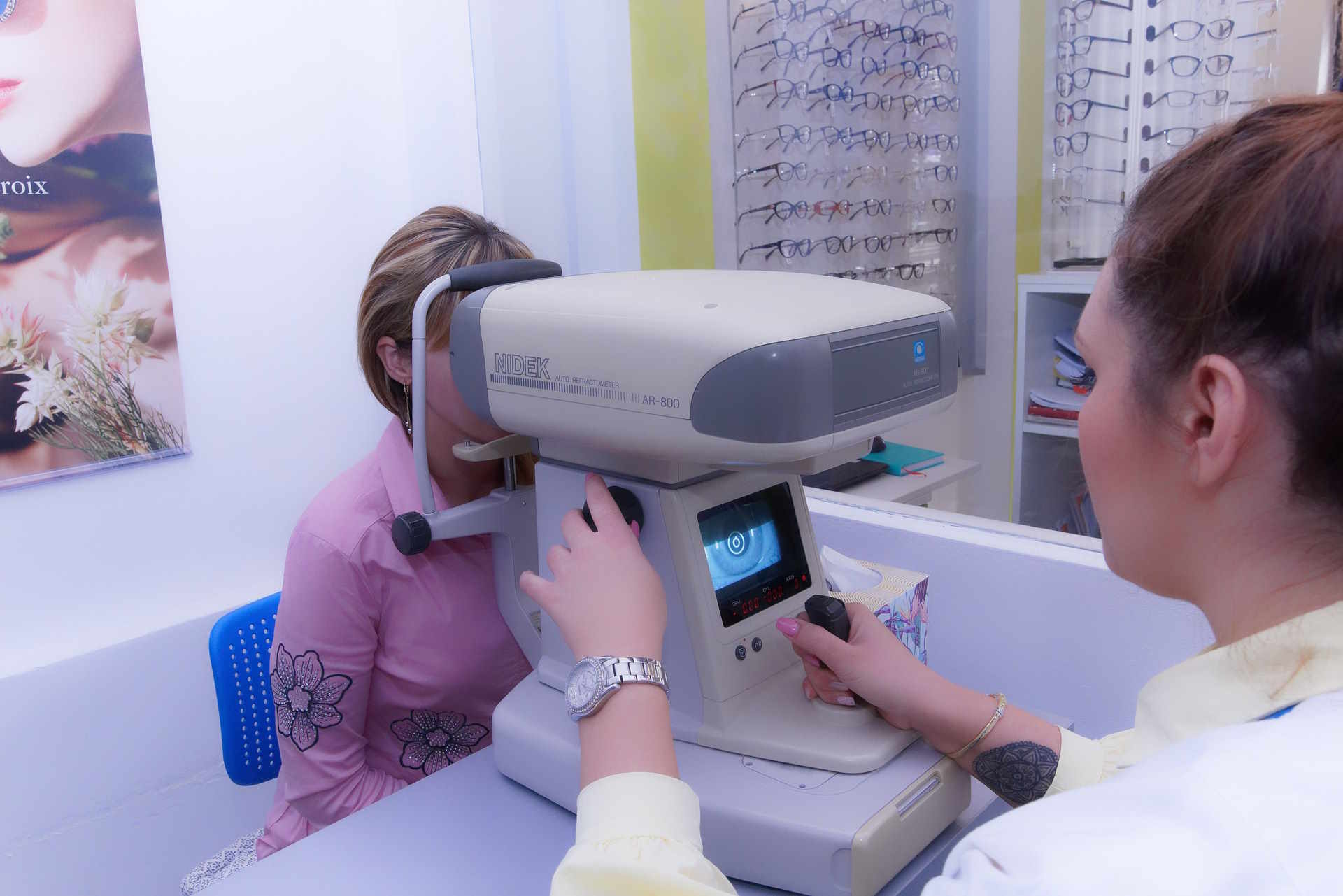Understanding Prescription Glasses: Types, Materials, and Selection
Prescription glasses have evolved far beyond simple vision correction tools, offering sophisticated lens technologies, diverse frame styles, and specialized features for various visual needs. Modern eyewear combines advanced materials with precise optical engineering to address specific vision challenges while complementing personal style preferences. Understanding the different components and options available helps individuals make informed decisions about their eyewear investments.

Prescription glasses serve as essential tools for millions of people worldwide, transforming how they see and interact with their environment. The modern eyewear industry offers an extensive range of options, from basic vision correction to specialized lenses designed for specific activities and conditions. Whether addressing nearsightedness, farsightedness, astigmatism, or presbyopia, today’s prescription glasses combine functionality with fashion, providing clear vision while reflecting personal style.
What Are the Different Types of Eyeglasses and Their Purposes
Eyeglasses come in various forms, each designed to address specific vision needs and lifestyle requirements. Single vision lenses correct one type of refractive error, making them ideal for people with nearsightedness or farsightedness. Bifocal lenses feature two distinct prescription zones, with the upper portion for distance vision and the lower section for near tasks like reading. Progressive lenses offer a seamless transition between multiple prescription strengths, eliminating the visible line found in bifocals while providing clear vision at all distances. Reading glasses specifically address presbyopia, the age-related difficulty in focusing on close objects, while computer glasses incorporate blue light filtering technology to reduce digital eye strain.
Which Lens Materials and Coatings Provide Optimal Vision
Lens materials significantly impact both visual clarity and wearing comfort. Standard plastic lenses offer affordability and basic optical quality, while polycarbonate lenses provide superior impact resistance, making them ideal for children and active individuals. High-index plastic lenses create thinner, lighter glasses for strong prescriptions, reducing the thick appearance often associated with powerful corrections. Trivex lenses combine the impact resistance of polycarbonate with the optical clarity of standard plastic. Anti-reflective coatings eliminate glare and reflections, improving visual comfort and appearance. Scratch-resistant coatings extend lens life, while UV protection shields eyes from harmful ultraviolet radiation. Blue light filtering coatings help reduce digital eye strain from prolonged screen exposure.
How to Choose Frames That Suit Face Shape and Style
Frame selection involves balancing facial features, personal style, and practical considerations. Round faces benefit from angular, rectangular frames that add definition and structure. Square faces look best with rounded or oval frames that soften strong jawlines and broad foreheads. Oval faces can accommodate most frame styles, from bold statement pieces to subtle designs. Heart-shaped faces pair well with frames that are wider at the bottom, balancing a broader forehead with a narrower chin. Frame materials range from lightweight titanium and flexible memory metals to classic acetate and modern composite materials. Color choices should complement skin tone, hair color, and personal wardrobe preferences while considering professional requirements and lifestyle needs.
What Are Prescription and Non-Prescription Eyeglasses Options
Prescription eyeglasses require an eye examination and written prescription from an optometrist or ophthalmologist, ensuring precise vision correction tailored to individual needs. These glasses address specific refractive errors measured during comprehensive eye exams. Non-prescription options include reading glasses available in standard magnification powers, computer glasses with blue light filtering, and fashion glasses with clear lenses. Prescription sunglasses combine vision correction with UV protection, while photochromic lenses automatically adjust to changing light conditions. Contact lens wearers often maintain backup prescription glasses for convenience and eye health. Progressive addition lenses can be incorporated into both prescription and non-prescription formats, depending on individual vision requirements.
Which Specialty Lenses Work for Specific Activities or Conditions
Specialty lenses address unique visual demands and medical conditions beyond standard vision correction. Occupational lenses optimize vision for specific work environments, such as computer work or detailed craftsmanship. Sports-specific lenses enhance performance through improved contrast, reduced glare, and impact protection. Prism lenses correct double vision and eye alignment issues, while low vision aids magnify images for individuals with significant visual impairments. Transition lenses automatically darken in sunlight, providing convenient protection without requiring separate sunglasses. Night driving lenses reduce glare from headlights and streetlights, improving visibility in low-light conditions. Therapeutic lenses may incorporate medications or specialized coatings to treat certain eye conditions under medical supervision.
| Lens Type | Provider Examples | Cost Estimation |
|---|---|---|
| Single Vision | LensCrafters, Warby Parker | $100-$300 |
| Progressive | Costco Optical, Pearle Vision | $200-$600 |
| Specialty Coatings | Essilor, Zeiss | $50-$200 additional |
| High-Index Materials | Independent Opticians | $150-$400 |
Prices, rates, or cost estimates mentioned in this article are based on the latest available information but may change over time. Independent research is advised before making financial decisions.
Modern prescription glasses represent a convergence of optical science, materials engineering, and fashion design. The wide array of lens materials, coatings, and frame options ensures that individuals can find eyewear solutions that meet their specific vision needs while expressing personal style. Regular eye examinations remain essential for maintaining optimal vision health and ensuring prescription accuracy. As technology continues advancing, prescription glasses will likely incorporate even more sophisticated features, further enhancing both visual performance and wearing comfort for users worldwide.
This article is for informational purposes only and should not be considered medical advice. Please consult a qualified healthcare professional for personalized guidance and treatment.




